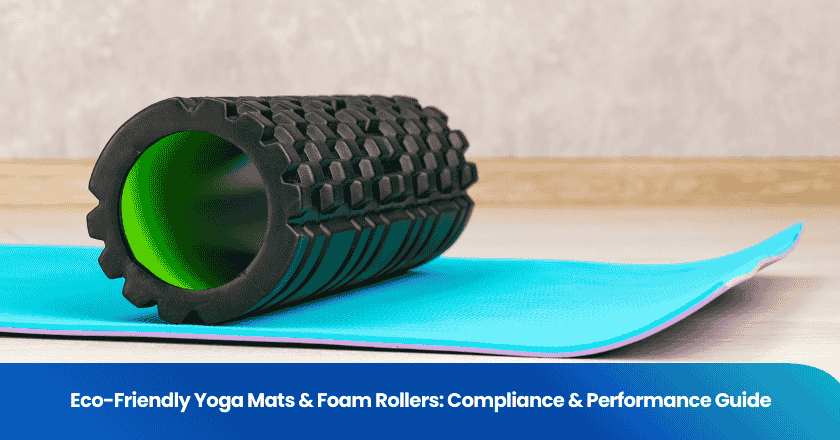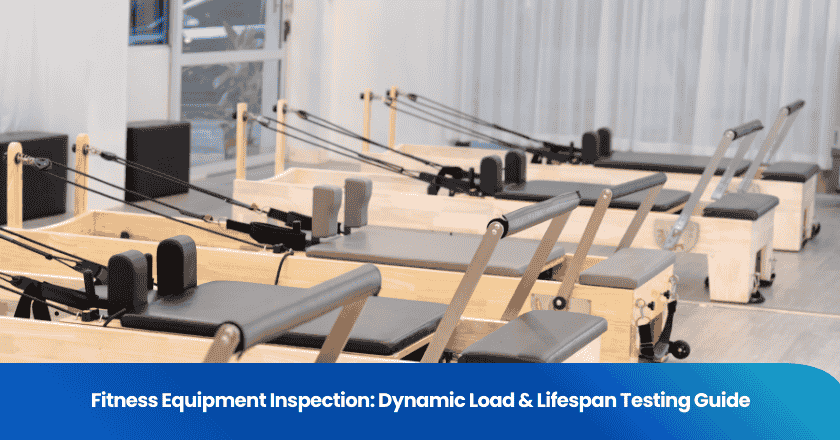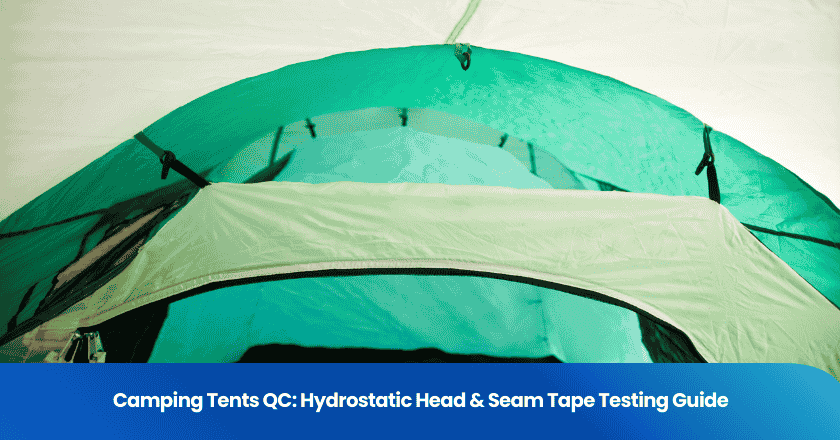
In the fast-paced fashion industry, delivering high-quality apparel products to customers is crucial for the success of any brand. To ensure that garments meet the desired quality standards, apparel inspection services play a critical role. Through careful examination and evaluation, these services guarantee that the products meet customer expectations, resulting in increased satisfaction and brand loyalty. In this blog, we will explore the key steps involved in the apparel inspection services process, highlighting the importance of quality control and assurance in the fashion industry.
Pre-Production Inspection: Laying the Foundation
The initial phase of apparel inspection services takes place before production begins. Pre-production inspection involves a comprehensive evaluation of raw materials, design specifications, and production samples. The goal is to identify potential issues or inconsistencies early on in order to prevent costly mistakes later. Conducting this inspection allows brands to address any concerns, modify designs, and rectify discrepancies, ultimately ensuring that the production process runs smoothly and aligns with quality standards.
During Production Inspection: Ensuring Consistency
Once production is in progress, during production inspection steps in to maintain quality consistency and identify any deviations from the approved sample. This step involves inspecting the first products off the production line, as well as conducting spot checks at regular intervals. Professionals meticulously assess various factors, including garment measurements, fabric quality, stitching, color consistency, and labeling accuracy. By catching defects early, any necessary adjustments can be made promptly, leading to reduced rework and higher production efficiency.
Final Random Inspection: Reinforcing Quality Standards
The final random inspection acts as the last line of defense against substandard apparel products. Also known as pre-shipment inspection, it takes place when 100% of the goods are manufactured and at least 80% are packed. This step ensures that the finished products meet the quality specifications agreed upon between the brand and the manufacturer. Samples are randomly selected for inspection following industry-standard international acceptance quality limit (AQL) sampling procedures. This procedure provides a statistically significant representation of the batch and safeguards against potential inconsistencies, defects, or non-compliance with the prescribed standards.
Loading Inspection: Securing Safe Shipment
As the apparel products are prepared for shipment, loading inspection becomes necessary to guarantee that the quantity and quality of the goods are as agreed upon. This step involves checking the final packed cartons before they are loaded onto transportation vehicles, ensuring proper handling, packaging, labeling, and sealing. Professionals also validate that the correct goods are being dispatched, reducing the risks of misshipment, damaged goods, or incomplete documentation. By conducting loading inspections, apparel brands can provide their customers with peace of mind, knowing that their ordered products are handled and shipped securely.
In the competitive world of apparel manufacturing and retail, maintaining consistent quality and meeting customer expectations are paramount. Apparel inspection services, spanning various stages of the production process, help brands achieve desired quality standards by identifying potential issues, ensuring consistency, and minimizing the risk of substandard products reaching the market. Whether it's pre-production inspection, during production inspection, final random inspection, or loading inspection, each step plays a vital role in reinforcing quality control measures. By employing these key steps, brands can build stronger relationships with customers, establish a reputation for quality, and ensure their success in the competitive fashion industry.
Grow your business with TradeAider Service
Click the button below to directly enter the TradeAider Service System. The simple steps from booking and payment to receiving reports are easy to operate.



